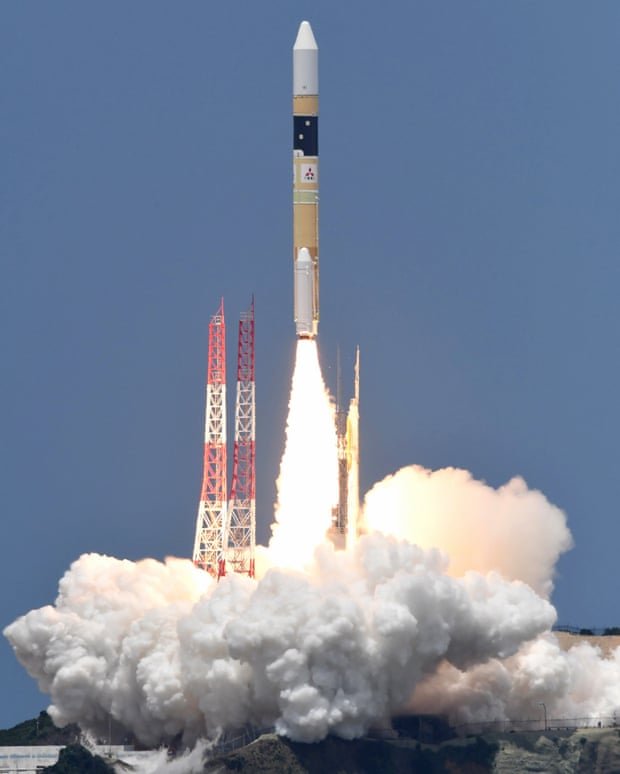IBM’s announcement that they had produced the world’s smallest computer back in March raised a few eyebrows at the University of Michigan, home of the previous champion of tiny computing. Now, the Michigan team has gone even smaller, with a device that measures just 0.3 mm to a side—dwarfed by a grain of rice.
In addition to the RAM and photovoltaics, the new computing devices have processors and wireless transmitters and receivers. Because they are too small to have conventional radio antennae, they receive and transmit data with visible light. A base station provides light for power and programming, and it receives the data.
One of the big challenges in making a computer about 1/10th the size of IBM’s was how to run at very low power when the system packaging had to be transparent. The light from the base station—and from the device’s own transmission LED—can induce currents in its tiny circuits. This forced the team to invent new ways of approaching circuit design that would be equally low power but could also tolerate light. For example, that meant exchanging diodes, which can act like tiny solar cells, for switched capacitors.
Another challenge was achieving high accuracy while running on low power, which makes many of the usual electrical signals (like charge, current and voltage) noisier.
Designed as a precision temperature sensor, the new device converts temperatures into time intervals, defined with electronic pulses. The intervals are measured on-chip against a steady time interval sent by the base station and then converted into a temperature. As a result, the computer can report temperatures in minuscule regions—such as a cluster of cells—with an error of about 0.1 degrees Celsius.
The system is very flexible and could be re-imagined for a variety of purposes, but the team chose precision temperature measurements because of a need in oncology. Some studies suggest that tumors run hotter than normal tissue, but the data isn’t solid enough for confidence on the issue. Temperature may also help in evaluating cancer treatments.
Since the temperature sensor is small and biocompatible, we can implant it into a mouse and cancer cells grow around it. This temperature sensor is being used to investigate variations in temperature within a tumor versus normal tissue and if we can use changes in temperature to determine success or failure of therapy.
While the team initially wasn't sure of the applications of the millimeter system, today there are several areas where the tiny computer can be used -
- Pressure sensing inside the eye for glaucoma diagnosis
- Cancer studies
- Oil reservoir monitoring
- Biochemical process monitoring
- Surveillance: audio and visual
- Tiny snail studies
Read more at the Science Pole App



_(NSF).jpg/800px-Research_on_Iceberg_B-15A_by_Josh_Landis%2C_National_Science_Foundation_(Image_4)_(NSF).jpg)
